
The books on this list want you to judge them by their covers because a lot of love, creativity, and a good bit of money went into designing their stunning art work.
“The Best African Book Covers” list is something we started last year and that we are happy to bring back by popular demand. It gives us the opportunity to celebrate the artistic side of African book culture. A cover is an important part of a book. We love books for the words they contain, but the cover ignites the first spark. It lights up our senses and reveals a perspective on the book that cannot be reduced to words.
In the last few years, publishers of African books have upped their game on cover designs. This year is no different. The styles, colors, and typography are fresh and trendy.
These are some of our favorites. Take a peek and let us know what you think. Feel free to include links or images of your favorite covers. The more the merrier!
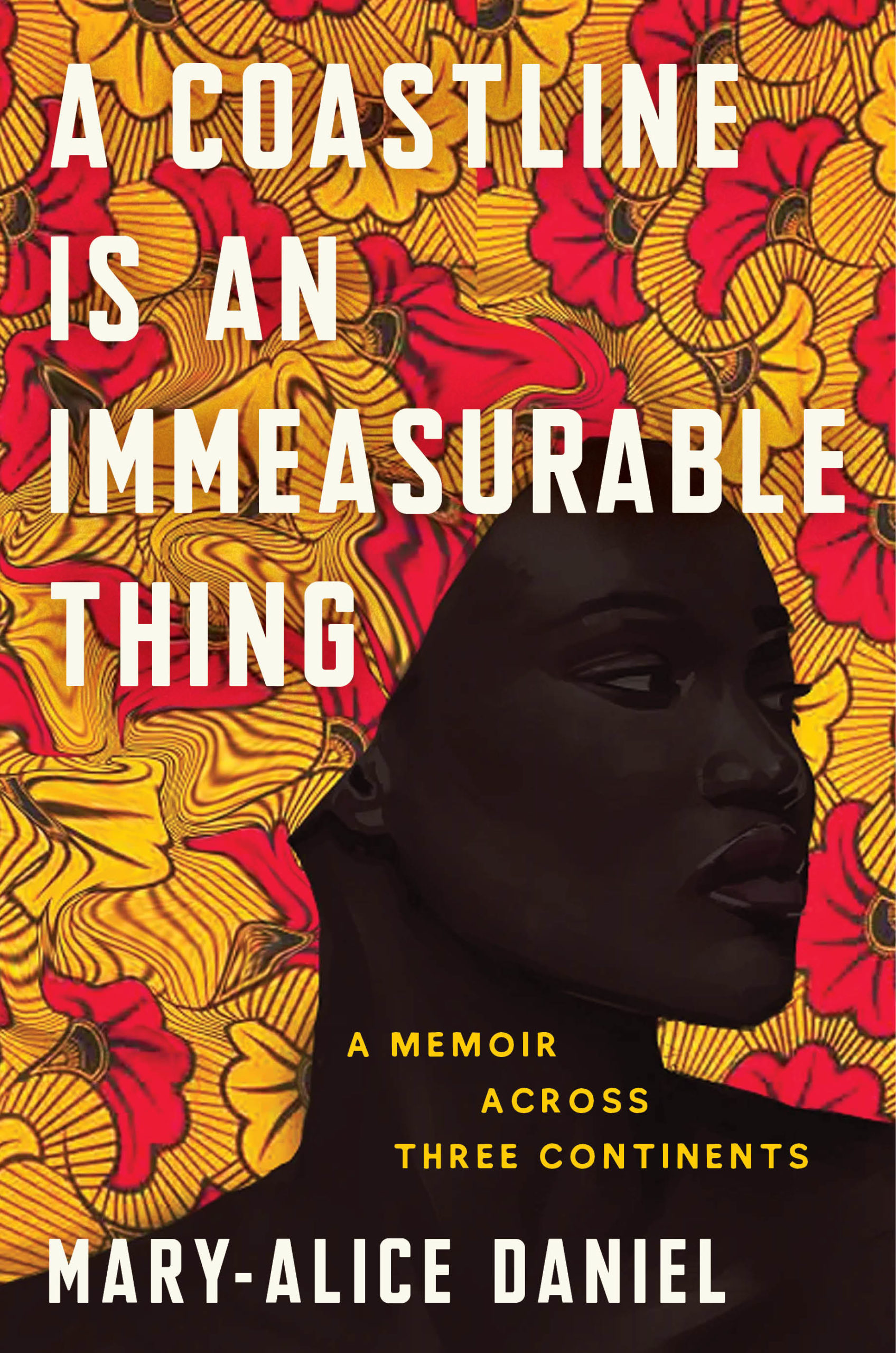
Mary Alice Daniel’s A Coastline is an Immeasurable Things is a stunning display of colors with bold imagery.

Noviolet Bulawayo’s Glory is a burst of color. The illustration complements the vivid colors and captures the comical world of animals behaving VERY badly.
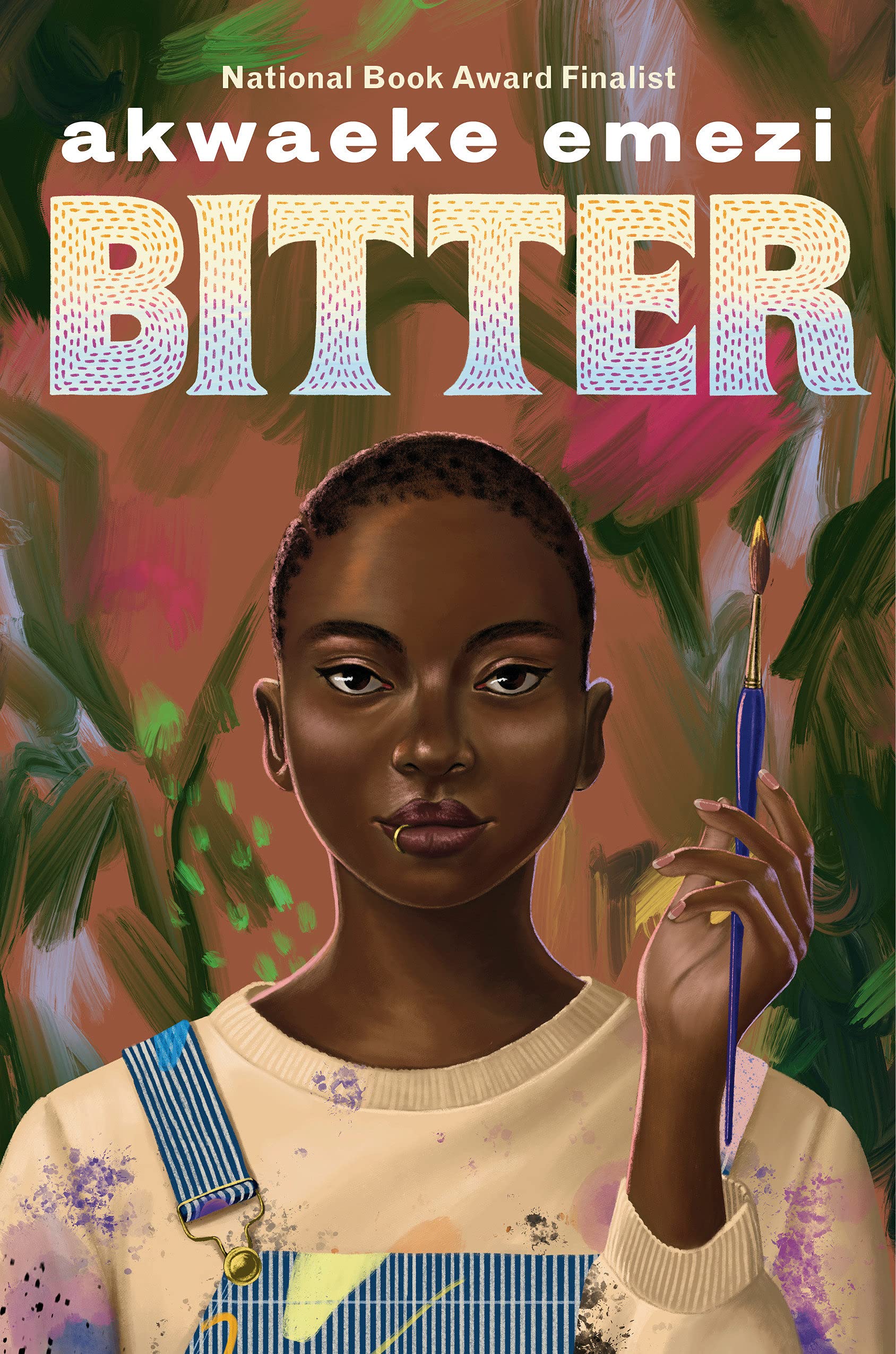
The cover of Bitter by Emezi stuns with the bold, radiant, and colorful image, coupled with the striking typography.

One for Sorrow, Two for Joy by Marie Clarie Amuah is gorgeous. The art, the font, and the colors are so beautifully blended that the cover could very easily be wall art.
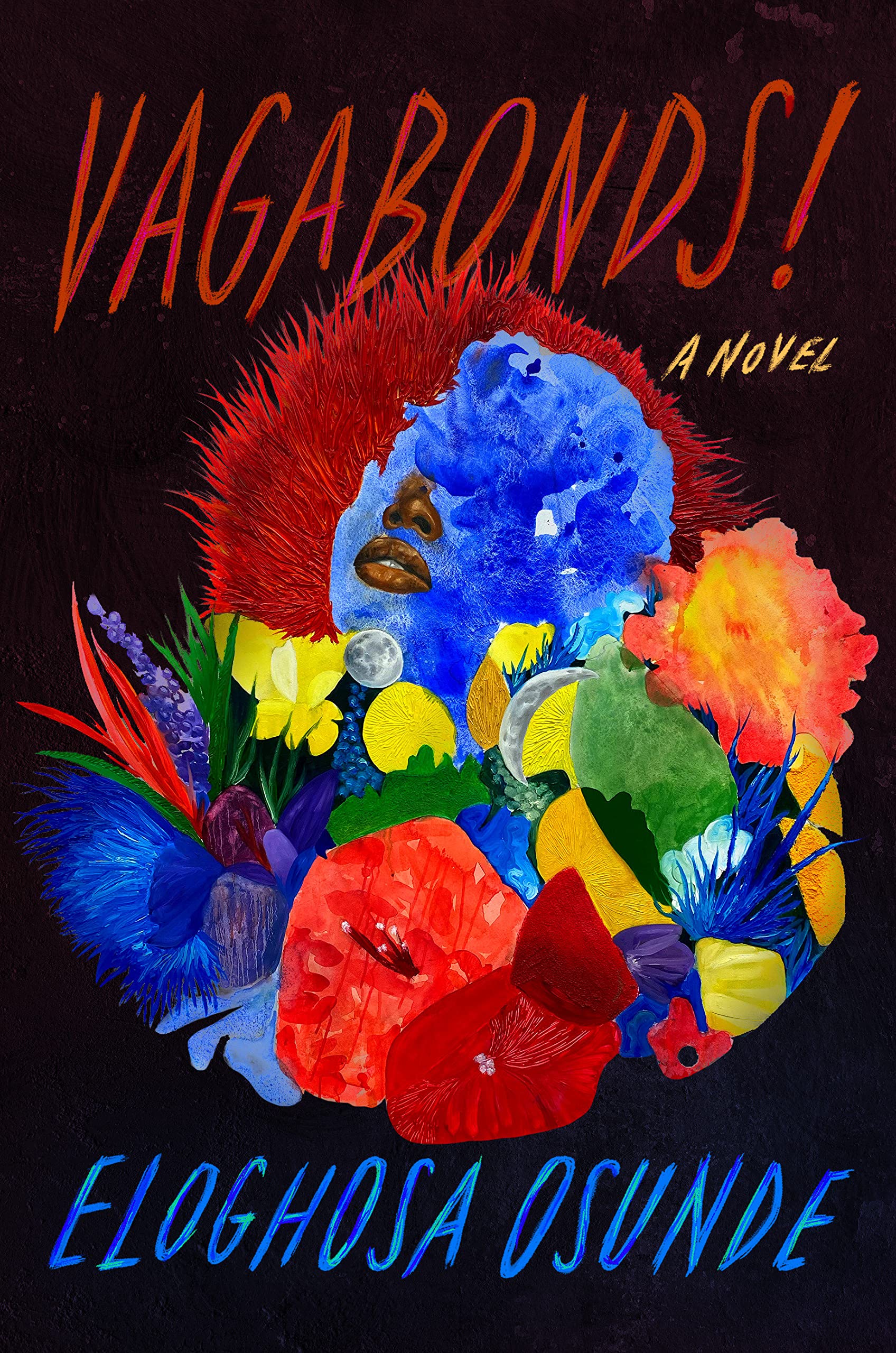
Eloghosa Osunde’s Vagabond is an experimental novel about beautifully deviant characters. The blot of color set against a dark background evokes the non-forming lives and worlds in the novel.

The typography and the illustration are the heart and soul of the artwork on Abi Ishola-Ayodeji’s Patience is a Subtle Thief.
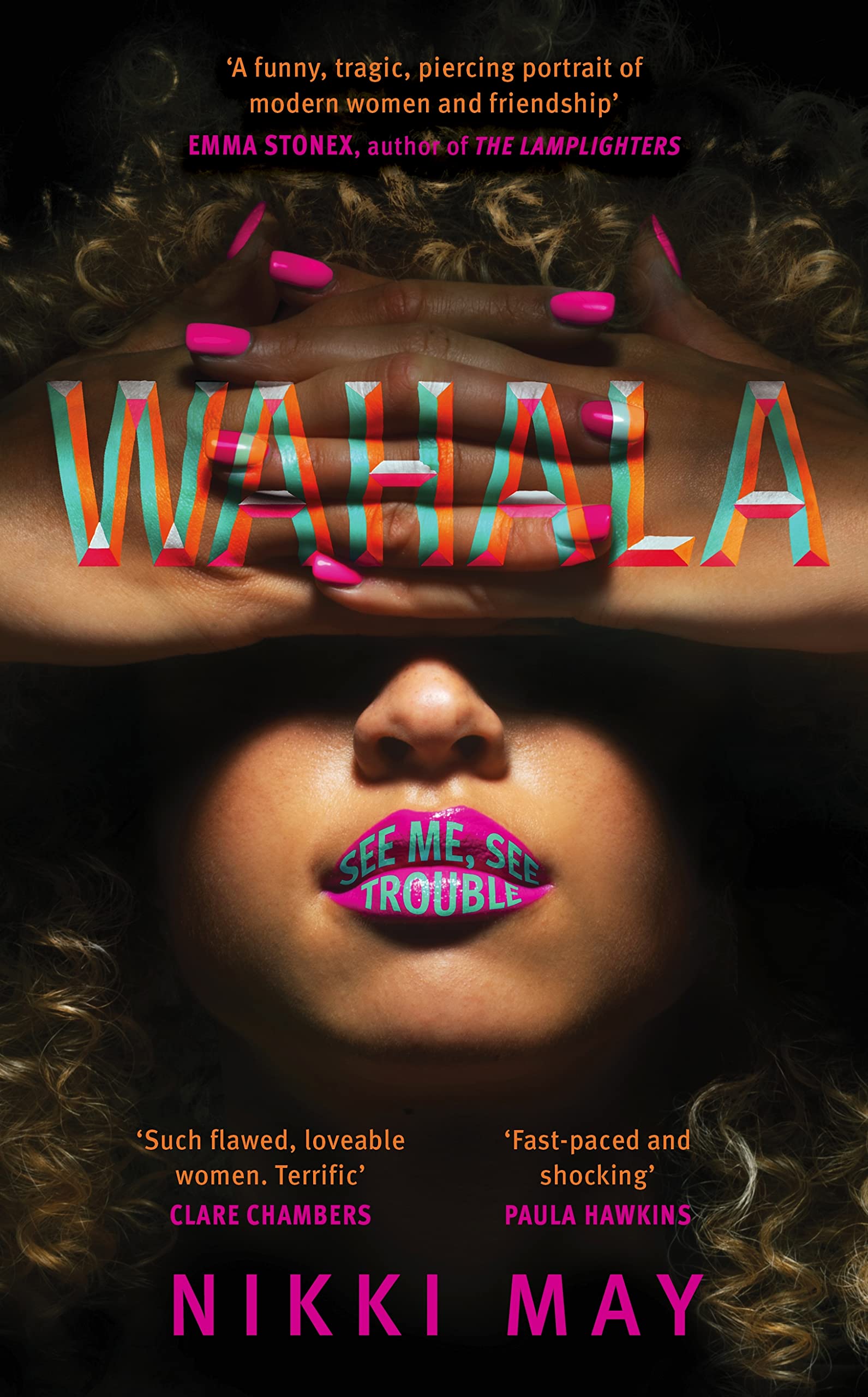
This cover of Nikki May’s Wahala is a brilliant use of image and typography. It conveys all the trouble and fierceness suggested in the title!
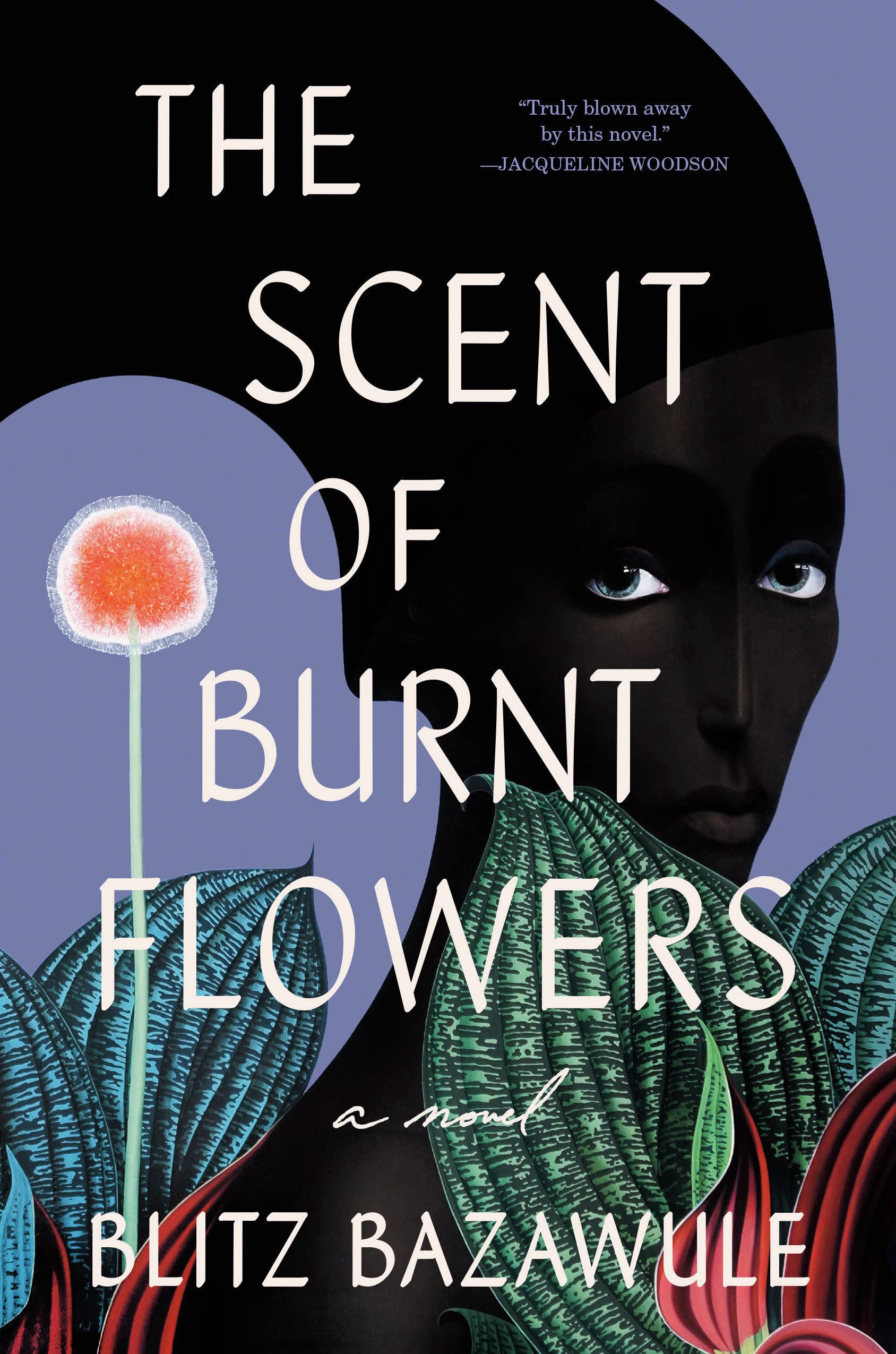
Blitz Bazawule is one of the masterminds of Beyoncé’s Black is King, so you know he has a keen eye for all things aesthetics. The cover of The Scent of Burnt Flowers is a striking blend of clean typography, eye-catching illustration and good use of negative space.

Noor Naga’s If An Egyptian Cannot Speak English is a dark romance. The grainy image and the defiance on the face of the man pictured in the artwork prepares the reader for one brutal emotional rollercoaster.

The surrealism of Ama Asantewa Diaka’s Woman, Eat Me Whole cover captures the visceral intensity of the collection’s exploration of womanhood.

In the cover of Mutt-Lon’s The Blunder, the dark background contrasts the colors beautifully, and the grainy texture of the artwork conveys the mysterious atmosphere of the book.
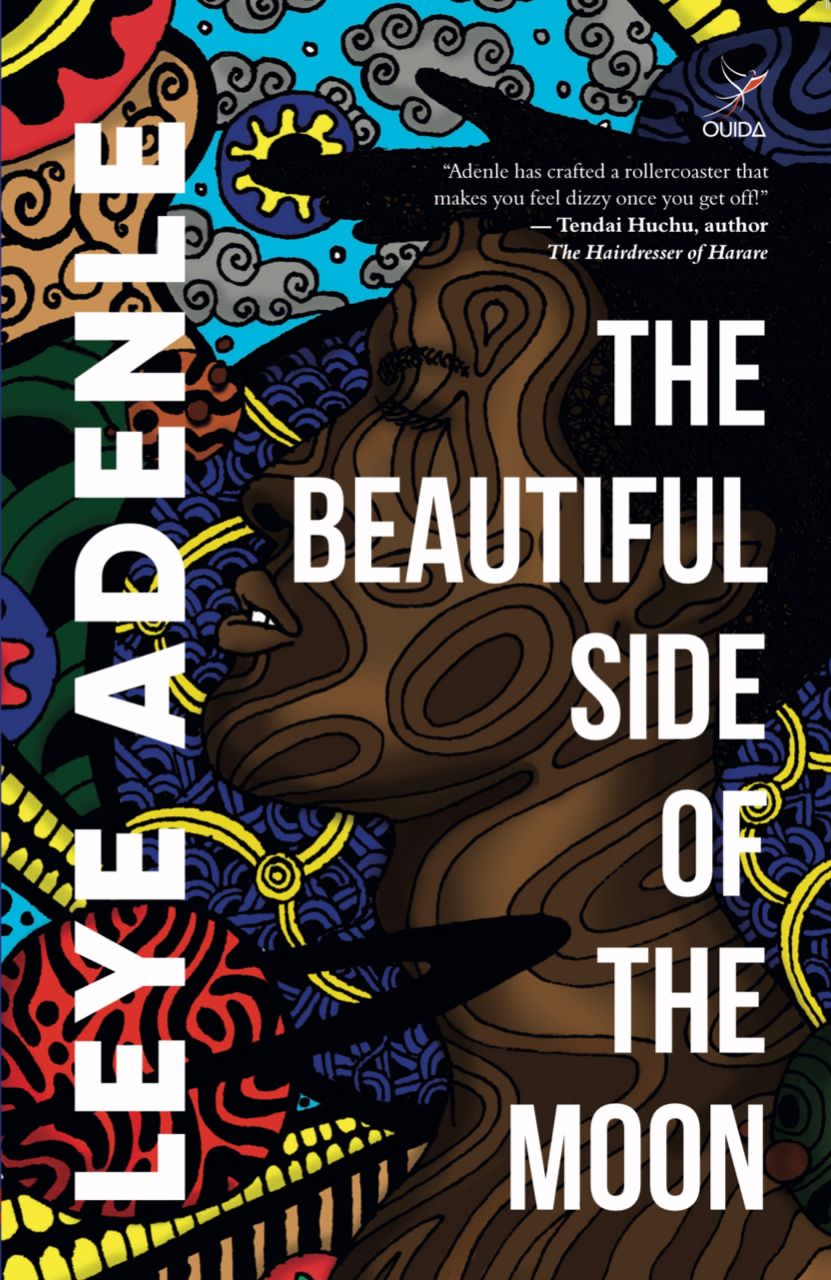
The splash of colors on Leye Adenle’s The Beautiful Side of the Moon is an Instagram eye-candy!
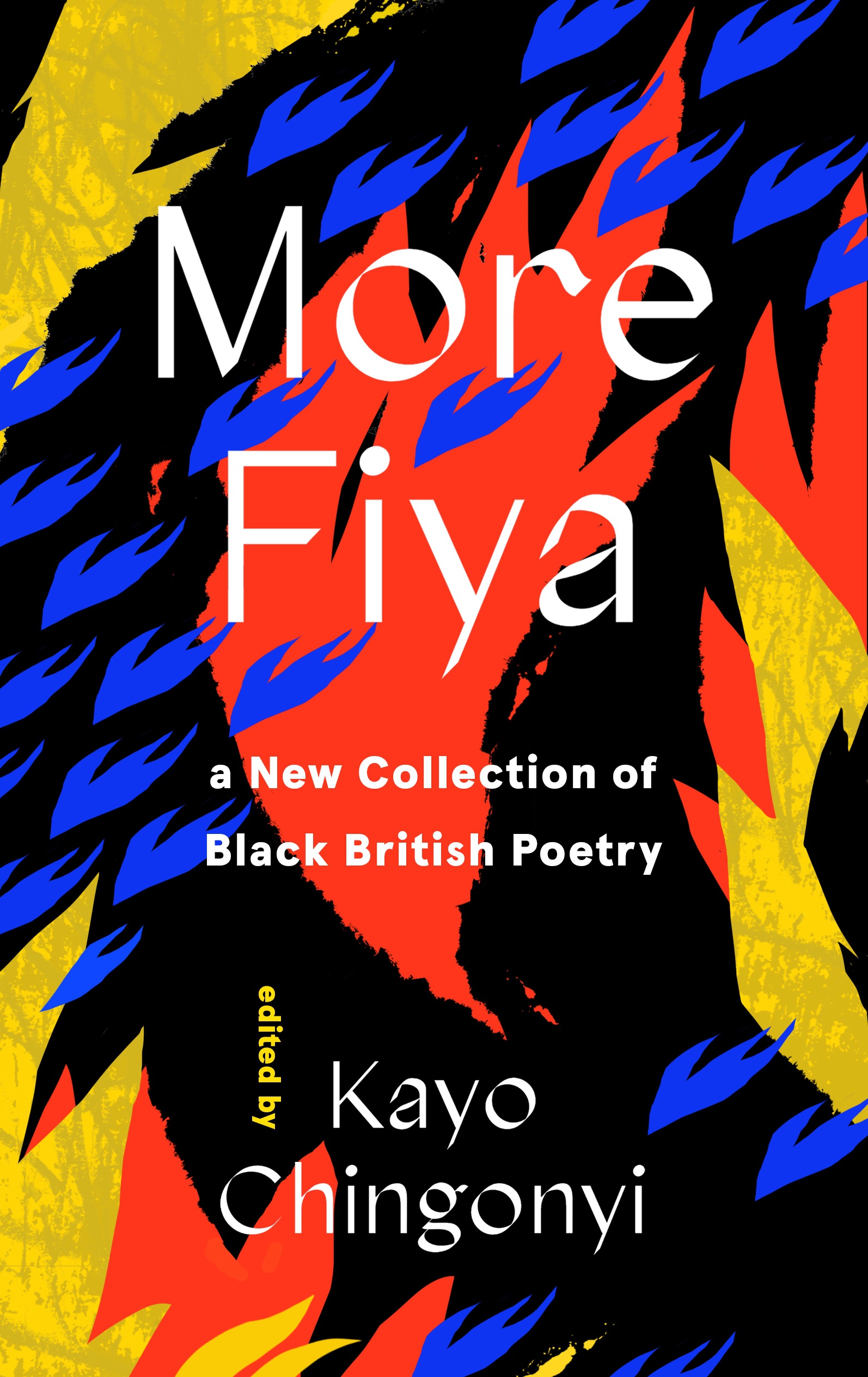
More Fiya is a pleasing riot of colors. It certainly grabs your attention.

The art on Uche Nduka’s Scissorwork is mesmerizing. The use of symmetry and repetition gives off a dreamy, hallucinatory vibe.

The cover of Namina Forna’s The Merciless Ones is all about the stunning illustrations, burnished with gold tones. Stunning!
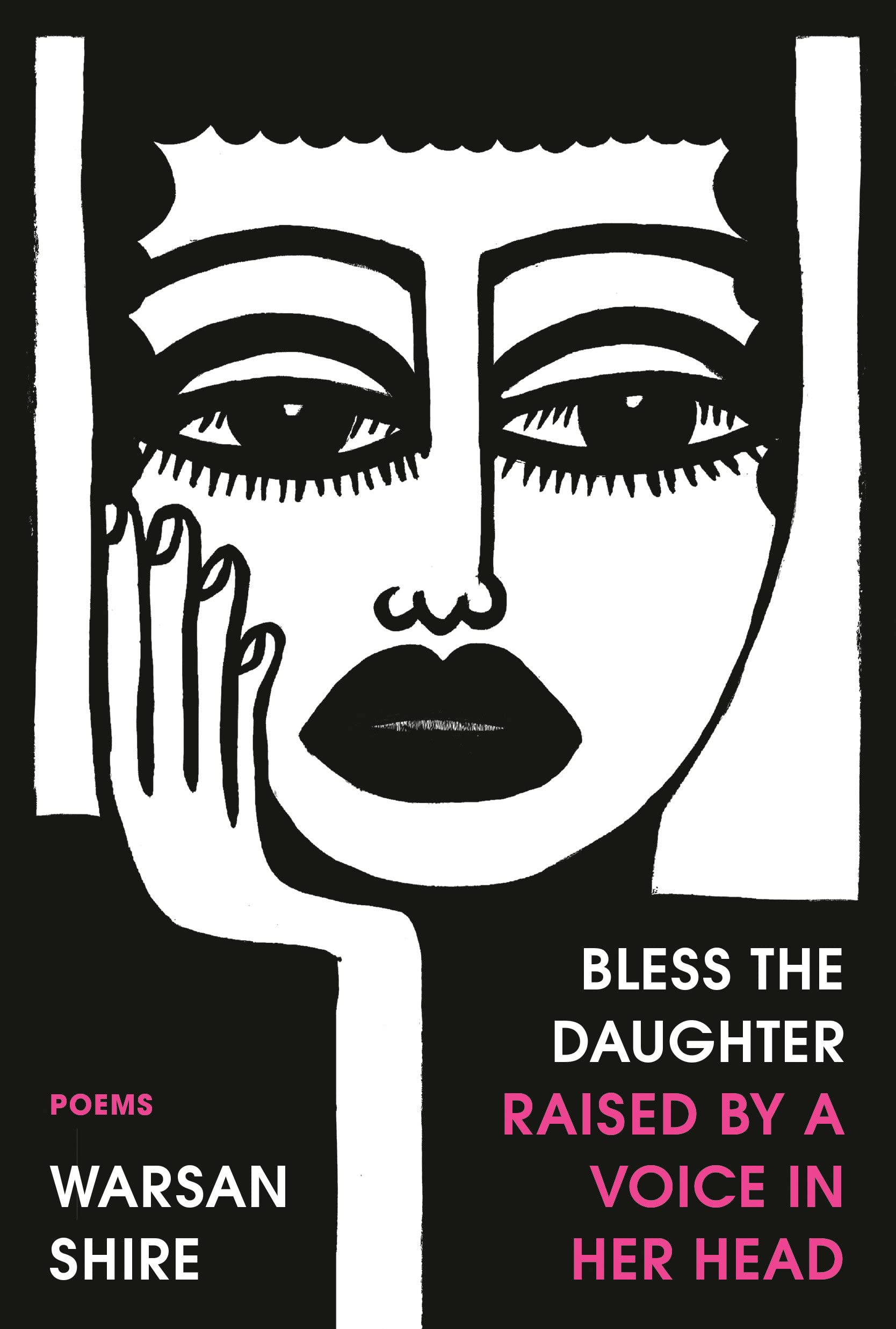
The black and white color scheme of Warsan Shire’s Bless The Daughter cover, centered on a striking drawing of a face, is minimalist but memorable.
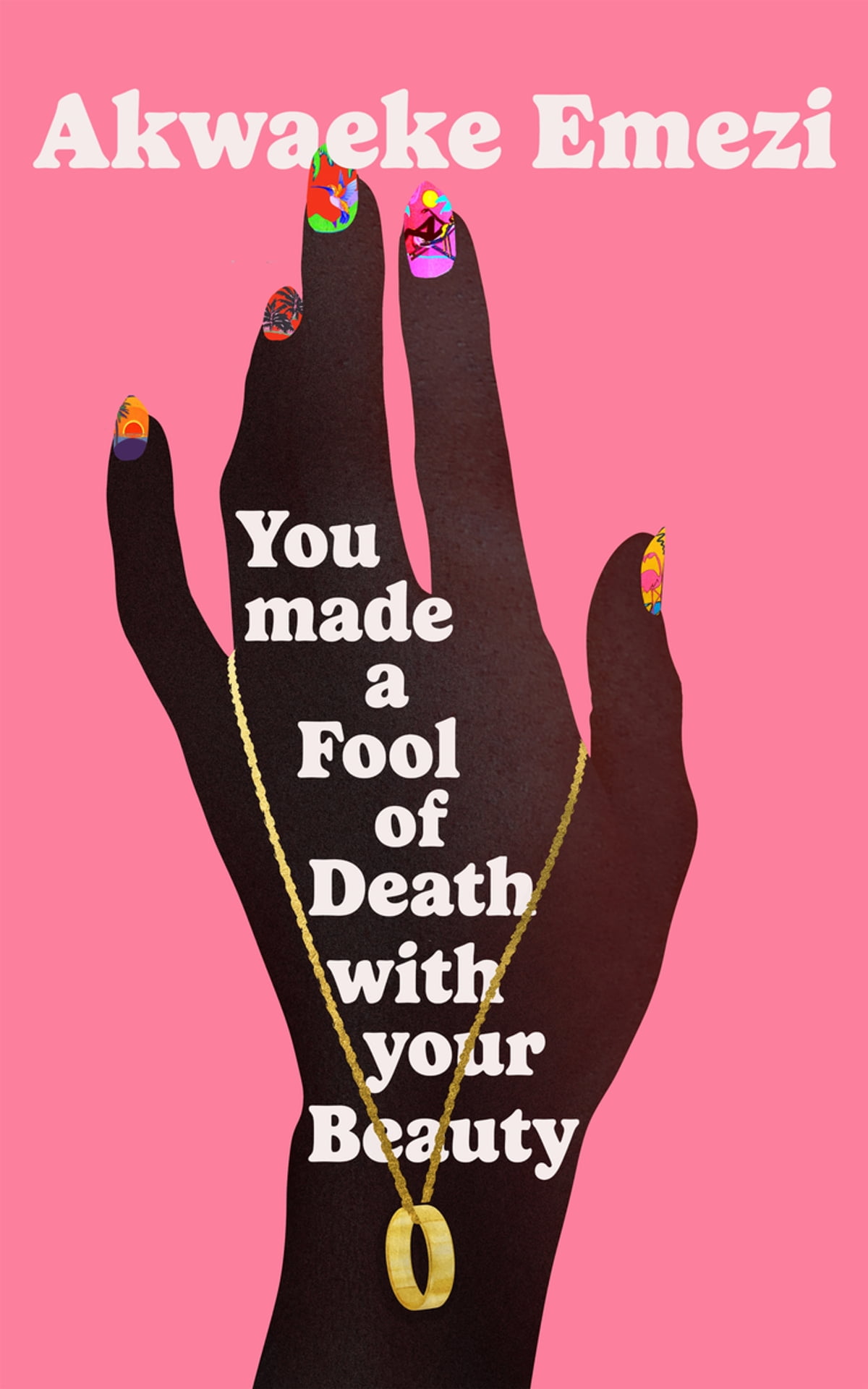
The pink background of Akwaeke Emezi’s You Made a Fool of Death With Your Beauty, the hand spanning the entire cover, and the typography combine to make for a stand-out cover.
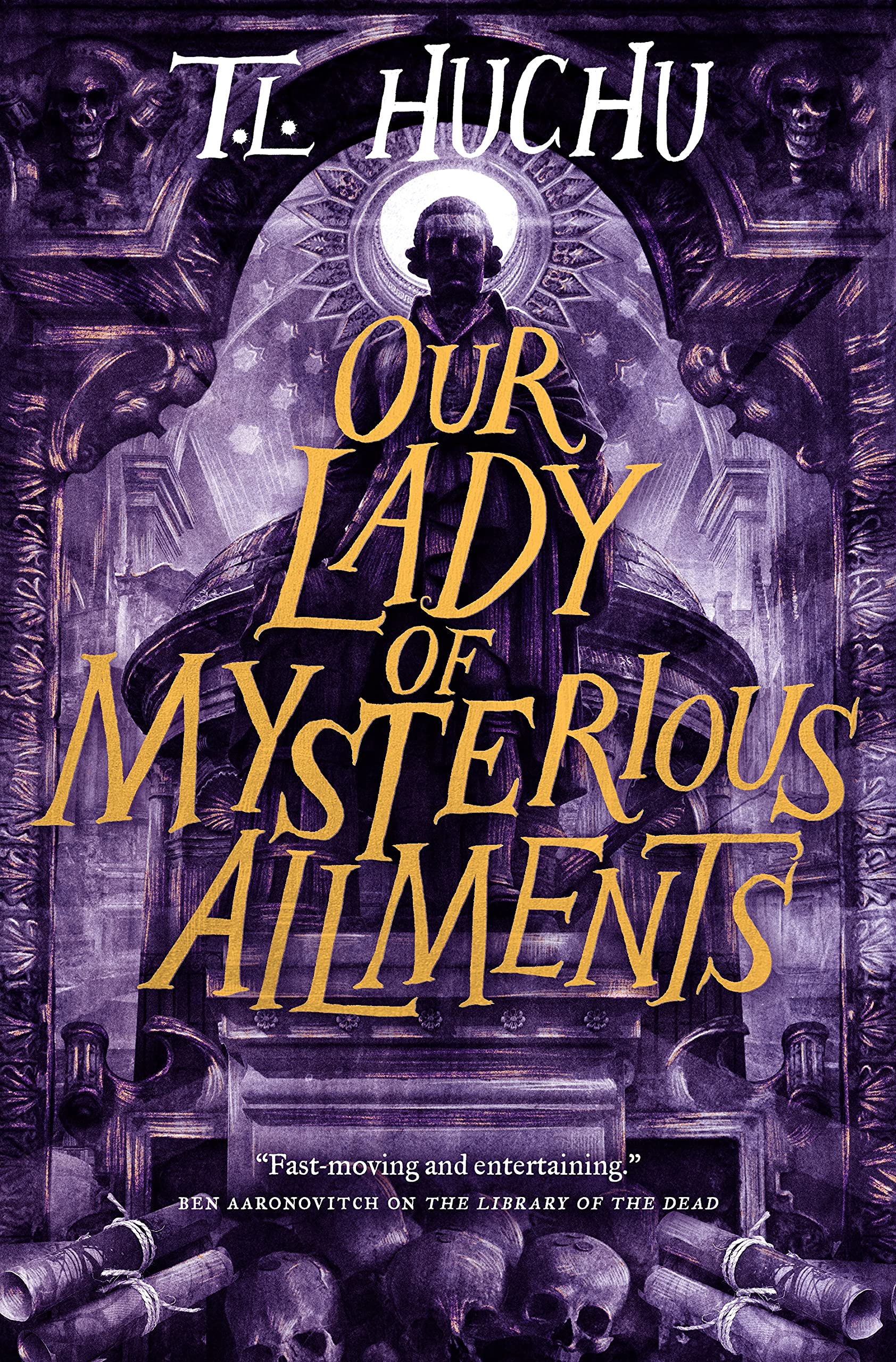
The artwork on Tendai Huchu’s Our Lady of the Mysterious Ailments is busy in all the right ways, but it is the typography that really grabs our attention.
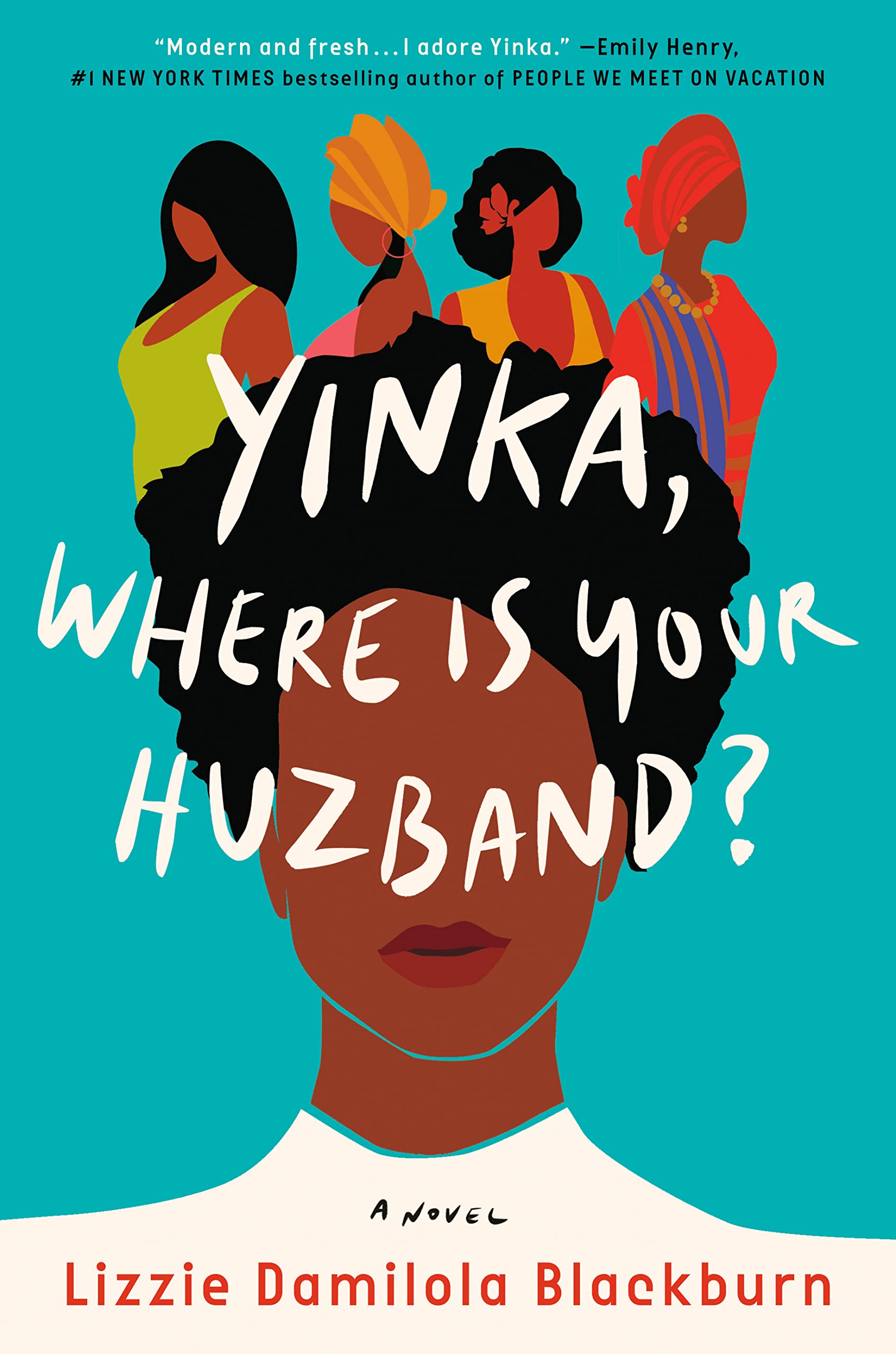
This cover of Yinka, Where is Your Huzband by Damilola Blackburn is chic, thanks to the illustration and the bright palette.
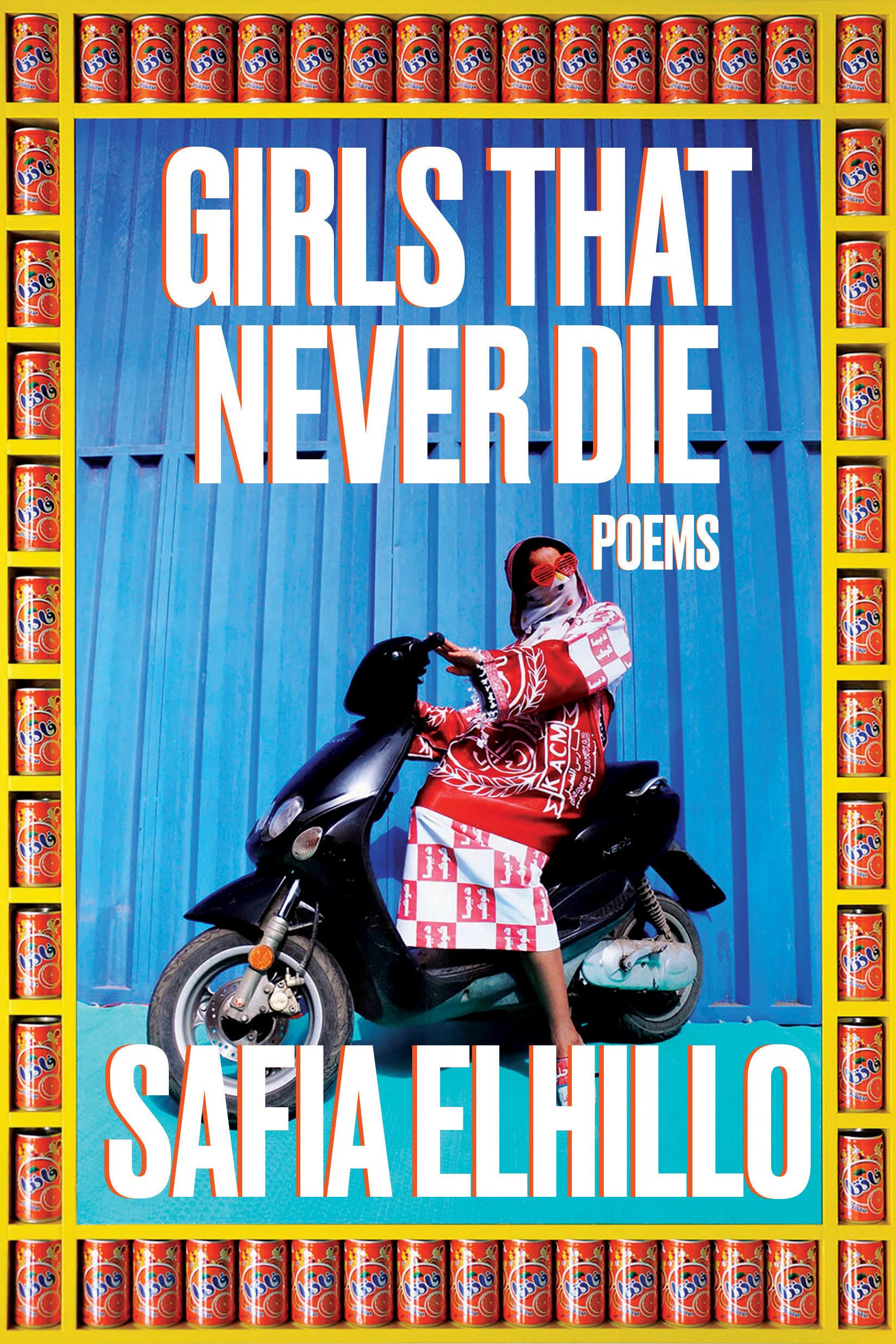
The retro vibe of Safia Elhillo’s Girls That Never Die cover packs a lot of attitude and conveys the defiance implied in the titled.
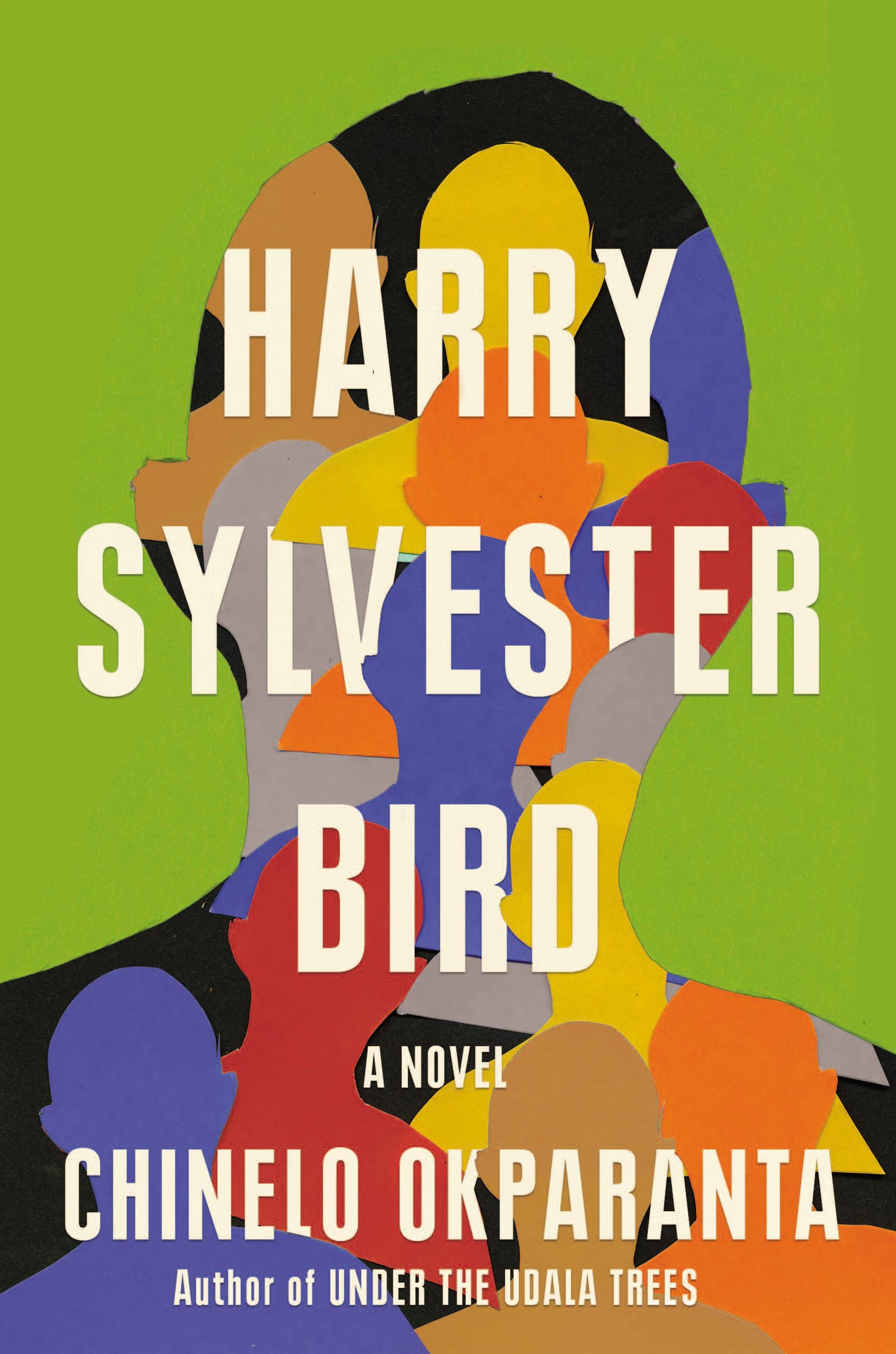
The colors on the cover of Chinelo Okparanta’s Harry Sylvester Bird are inviting, but the collage style makes the design very artistic.

Deborah Falaye’s Blood Scion is inspired by Yoruba Orisa mythology. The glassy blue of the portrait conveys the mythic fantasy at the heart of the story.






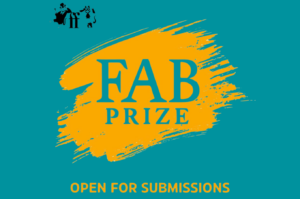


COMMENTS -
Reader Interactions